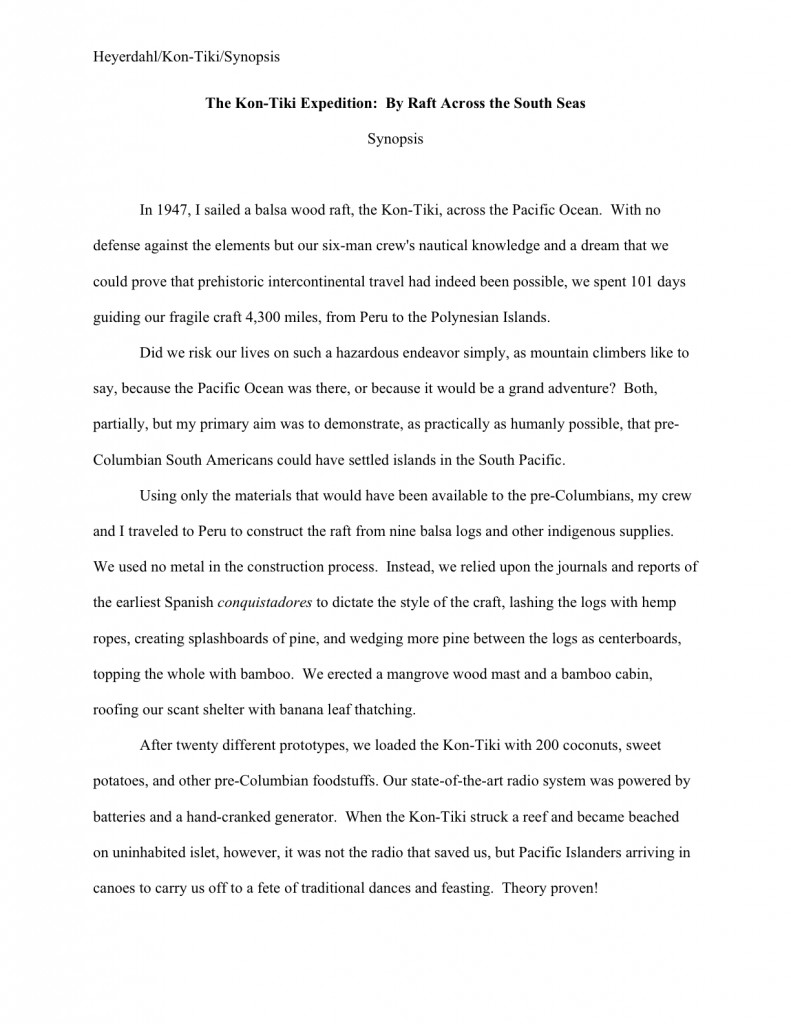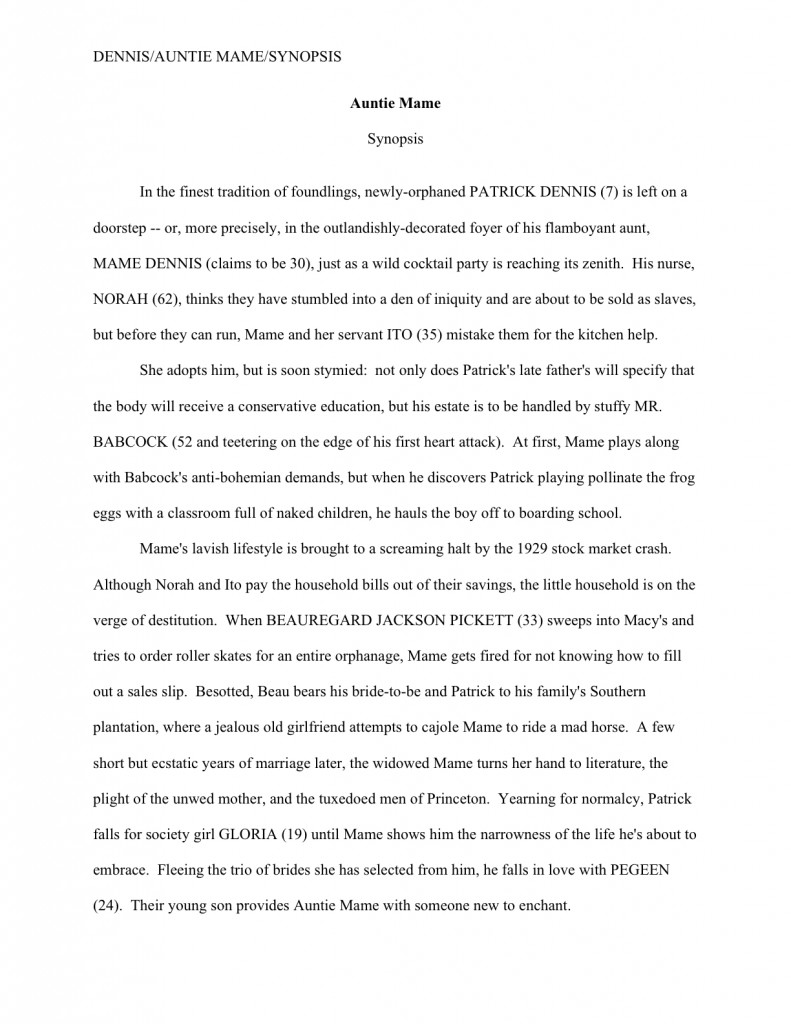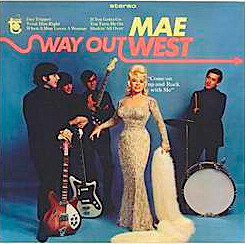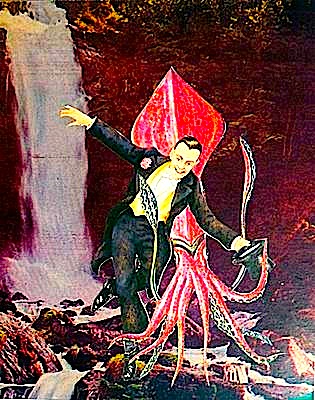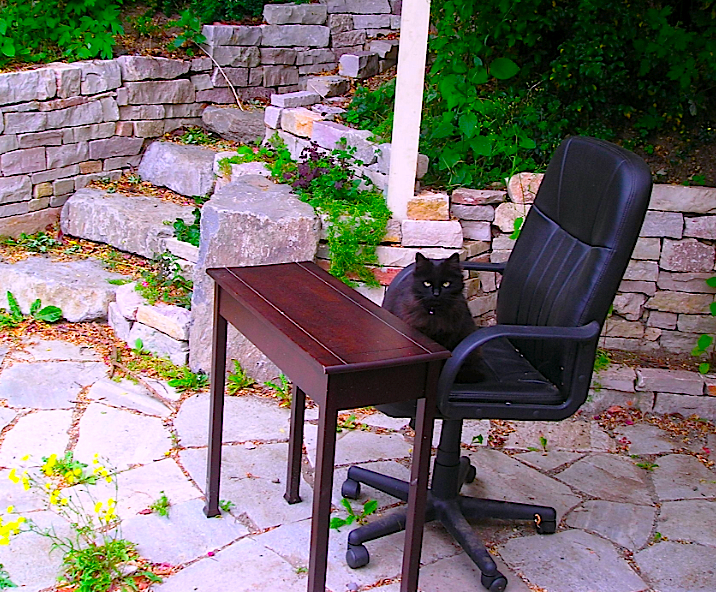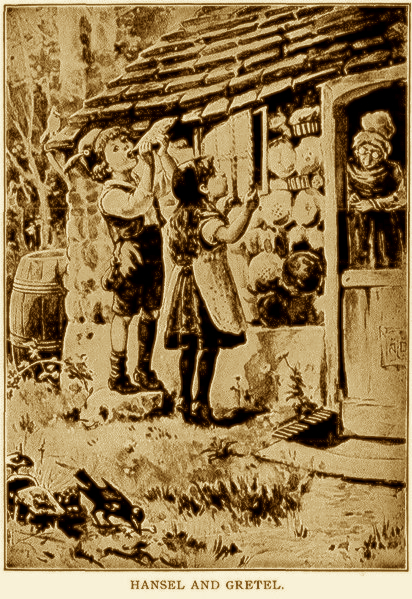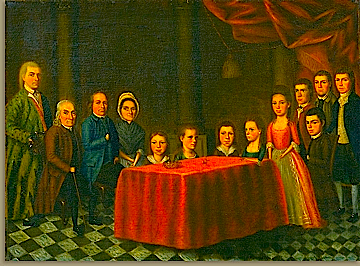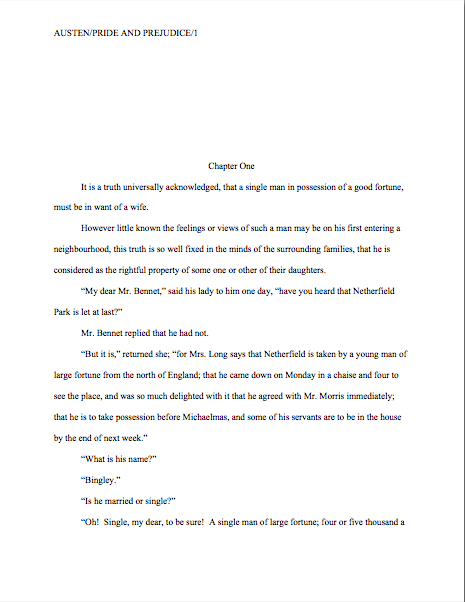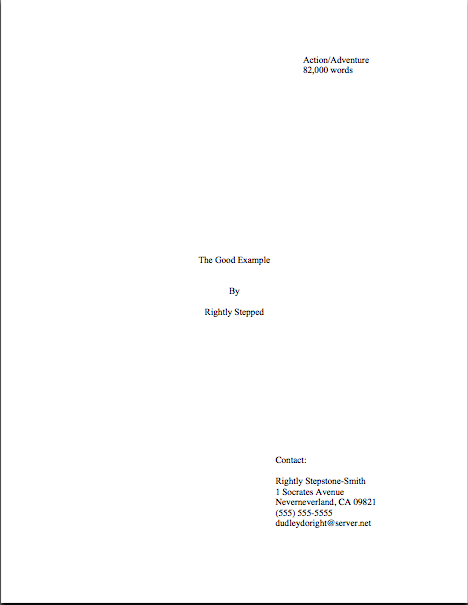
I’ve had Monty Python on the brain quite a bit lately, I notice — and not just because my neighbor was playing an apparently all-parrot-sketch-all-the-time station while I was planting bulbs this afternoon. I’m working on revising a novel with a 17-year-old narrator, set roughly at the time when — surprise, surprise — yours truly was 17, and since it’s a comedy, I’ve been having to recreate what I would have thought funny at the time. Since, as any memoirist could tell you, hunting internally for one type of memory often pulls up another entirely, I found myself procrastinating today by writing about the time in junior high school when my family and I actually had to cross a picket line in San Francisco — San Francisco! — to see The Life of Brian.
Strange much how the public perception of what’s upsetting changes, isn’t it?
A psychologist friend of mine told me recently that recent research demonstrates that the brain can respond as dramatically to recalled memories as to present life; sometimes, she says, the mind will experience flashbacks AS current events. I’m fascinated by this, not only as a memoirist (and yes, the memoir that was supposed to come out a few years ago is still tied up in legal knots; thanks for asking), but as a novelist. To be specific: I’m on a tight deadline with this revision, and if my cats didn’t remind me occasionally that they do not possess opposable thumbs or the ability to open cabinets (well, okay, MOST cabinets), they would probably be forced to start nibbling on my toes under my desk to stave off imminent starvation.
I’m inclined to blame this on the way that the creative process colonizes the writer’s brain. The cats seem inclined to blame it on me, which I suppose amounts to more or less the same thing: if it can’t wait until I polish the scene in front of me to a high gloss, it’s probably not going to happen.
Don’t know what I’m talking about? Ask your kith and kin what you’re like during periods of intensive writing. You may be unusually good at jumping back and forth between the creative and observational parts of your brain, but if you’re writing on a regular basis, I’m betting that those who have the good fortune to live and work with you have built up a stockpile of anecdotes about how you space out on the minutiae of quotidian life when you’re writing hard.
Oh, you thought you were the only one? Far from it. Little things like laundry, taking vitamins, watering plants, and checking e-mail seem to slip unnoticed out of the working writers’ consciousness in the middle of a writing jag — and don’t even get me started on how the amnesia about practicalities can intensify in the face of an imminent deadline.
I suspect that this is a necessary side effect of the alchemy of creation. Because, really, in order to render our characters’ lifeworlds gripping on the page, we writers have to create them in our minds every bit as vividly and in all of the detail of a vitally important memory. That’s a pretty absorbing task, isn’t it?
With a pretty gratifying payoff, potentially: if we do our job very well indeed, we might create a story, a situation, a character that seems to the reader to have stepped straight out of real life. Only better.
Is it that same is-it-real-or-is-it-Memorex trick of the brain, I wonder, that would allow a reader to fall in love with a character in a novel? As Mario Vargas Llosa wrote in THE PERPETUAL ORGY:
A handful of fictional characters have marked my life more profoundly than a great number of the flesh-and-blood beings I have known.
He’s talking about a literary orgy, incidentally, not a physical one: quite a lot of the book is about his passionate decades-long love affair with the entirely fictional Emma Bovary. And who can blame for falling in love with her, really? She’s a pretty absorbing character.
Do I sense those of you who are trying to get queries and/or submissions out the door within the next couple of weeks becoming a bit restless in the face of these musings? “I’m as fond of the creative haze as anyone else,” I hear some of you stalwart souls say, “but right now, most of my writing time is getting eaten up by the process of trying to sell my work. So if you don’t mind my asking, what does any of this have to do with the very practical concerns we’ve been discussing for the last few weeks?”
A couple of things, actually. First, in the throes of agent-seeking, it can be pretty easy to forget that Millicent and others like her who screen queries and submissions actually are looking to fall in love with some writer’s work.
Yes, you read that correctly: even the most virulent rejection-generator is usually eager to discover a novel that pulls him immediately into its lifeworld, or a memoir that wrings his heart, or the next Emma Bovary. I don’t think it’s at all coincidental that agents and editors so often describe their first responses to submissions in the language of attraction: you’re going to love this book, it’s a sexy topic, it didn’t grab me, I can’t get this book off my mind, I just didn’t fall in love with the protagonist.
Set those to music, and you’ve got a pop song. As hard as it may be to believe, Millicent is waiting to be swept off her feet.
Which is why, in case any of you fine souls out there have been wondering, I tend to discuss querying and submission in romantic terms: the query letter is a personal ad for your book; you want attract not just any agent, but the one that’s the best match for you and your work; the first page needs to seduce Millicent into wanting to read on; the chemistry between an agent and a book matters deeply. Ditto between a book and an editor. So in addition to everything else we writers are trying to create, our writing also need to inspire love.
The interminable and annoying querying/submission process sounds substantially more noble put that way, doesn’t it? Feel free to use this argument the next time some non-writer gapes at the amount of time you’ve invested in trying to land an agent; generating love can take some time.
My second reason for bringing up this high-falutin’ topic is, I’m afraid, disappointingly prosaic. Yesterday, I started to answer a very practical question about SASEs (Self-Addressed Stamped Envelope), and I seem to have gotten sidetracked.
I can only plead that I was absorbed in a revision. Excuse me a moment while I feel my languishing cats.
To remedy at least the first of these situations, let’s recap: why, in these days of growing environmental awareness, is the writer expected to send a SASE (that’s stamped, self-addressed envelope to the rest of the population) in anticipation of a rejected manuscript’s return? “I understand why I need to include a SASE for a query,” aspiring authors tell me, “but do I really need it for the submission? It’s not as though I’m going to be able to reuse the manuscript after it’s passed through the mail twice, anyway. Can’t I just ask them to recycle it instead?”
In a word, no. In several words, no, no, no, no, no, no, NO!
To help us all understand this cosmic mystery, I explained the history behind the SASE last time: part of its original purpose was not just to save agencies the cost of postage, but also to render submissions cheaper for the writer. It was also intended to preserve copyright by allowing the author ostensible control about whose grimy paws were on the manuscript when.
Writers tend to forget this in the cyber age, when huge chunks of writing can be transferred from one end of the planet to the other with the simple push of a button (yes, of course I know that the world is not as flat as that image implies. Don’t quibble at me now; I’m on a roll), but technically, in order to retain copyright over your own writing, you need to control where and when it is read by others. Writing I post on this blog, for instance, is under my control, since I dictate where people can view it; I could disable RSS feeds, if I wanted. (Oh, the power! The power!) If I sent the same posts out via e-mail, they could end up anywhere, forwarded far beyond my knowledge.
When you send uncopyrighted material off to an agency or publishing house — to a credible one, anyway — you and your readers there are both operating on the tacit assumption that they will not reproduce your work without your permission. You are not, in effect, authorizing them to show it to anyone else until you sign a contract that explicitly grants them the right to do so.
When you send a SASE, you are implicitly asserting your right to control where your work is sent next. It conveys an expectation that if they reject it, they will mail it back to you, rather than forwarding it to the kind of pirate press that is currently cranking out the 8th, 9th, and 10th installments in the Harry Potter series.
I hear the one in which Harry fights a dragon actually isn’t bad.
As I believe I have mentioned seventeen or eighteen hundred times before, this is a tradition-bound industry; it has historically been slow to change. No matter how good the logic against some of its long-held norms, this one did not change at all until there were some very tangible benefits on the agents’ end to altering it.
For example, the anthrax scare convinced some agencies to accept e-mailed queries and submissions. And the post 9/11 requirement to tote heavy packages to the post office prompted some agencies to start recycling rejected manuscripts, rather than having the lowest intern on the totem pole — the one who aspires to Millicent’s job someday — wheel a paper-loaded dolly up out of the building.
But practice, most agencies still adhere to the old norms. Don’t believe me? Thumb through any of the standard agency guides, and count how many agencies mention that they recycle.
Spoiler alert: your thumb is probably going to get pretty tired before you find even one.
Like so many other aspects of the querying and submission process, at one time, the use of the SASE carried greater benefits to the writer than it does now, but time has hardened courtesies into demands, and habits into traditions. Today, if you do not include a SASE with your submission, you may well be perceived as thumbing your nose at the traditions of people you are trying to impress.
As satisfying as that may be, allow me to suggest that it might not be the best way to convince an agent of your Socratic intellect and lamb-like willingness to take direction. So while my long-standing affection for writers, trees, and the printed pages both work to produce would LOVE to be able to say dispense with the SASE for the manuscript’s return in favor of a simple #10 envelope, it would not be in your best interest to fling away the old norms.
The only alternative that I have seen work in practice — and that only rarely — is to include a line in the cover letter, POLITELY asking the agency to recycle the manuscript if they decide not to offer representation and mentioning the business-sized SASE enclosed for their reply. Do be aware, however, that this strategy sometimes backfires with screeners trained to check first for a manuscript-sized SASE: as I mentioned yesterday, it’s not unheard-of for the Millicents of the world to toss aside such a manuscript to be tossed aside without reading the cover letter.
As I believe I may have mentioned before, I don’t make the rules of submission; I only try to render them comprehensible. Let’s all pray that when Millicent does engage in the summary rejection of the SASEless, she flings that precious ream of paper into a recycling bin.
Knowing the likelihood of that happening, I feel as though I should go off and plant a tree now. Or perhaps reread MADAME BOVARY.
Instead, I’m going to be intensely practical for a few moments and tell you PRECISELY how to play the SASE game correctly. The basic rule of thumb is to include a container and enough postage for the recipient to be able to ship any materials you may have submitted back to you. Thus:
When you send a paper query (as opposed to the e-mail variety), include a stamped envelope addressed to yourself. Do this EVERY time, regardless of whether the agency you’re querying actually asks for a SASE on its website or in its blurb in the standard agency guides.
A few technicalities: if you are sending more than 4 pages of text along with your query — if the agent asked for an author bio, for instance, or a synopsis — make sure that the postage on your query’s SASE is sufficient to get all of those pages back to you. A #10 (business-size) envelope is the norm to accompany queries, and stamps are universally preferred over metered postage. Since the agency will be popping the returned materials into the nearest mailbox, the stamps you use should be those currently in use in the AGENCY’s country of residence, not yours.
This means that if you are submitting to a US-based agency or publishing house from outside the country, you will need to dig up some US stamps. Since foreign post offices often sell these at a considerable mark-up, you can save a lot of money if you buy the stamps directly from the US Postal Service online.
When you send requested materials via mail (again, as opposed to e-mail submissions), include in your submission packet an envelope or box addressed to yourself, along with sufficient postage for the safe return of EVERYTHING you have submitted. If you want to be really considerate, you may also include a #10 SASE, so the agent may contact you to ask for more pages, but in the age of e-mail and relatively inexpensive long-distance calling, that particular request is unlikely to come via regular mail.
Again, do this EVERY time, regardless of whether the agency (or publishing house) to whom you are submitting has actually asked for a SASE. Omit it only if the agency specifically asks in its guidelines that you not include it. (I know of only one agency that currently makes this request; need I remind you to read EACH agency’s submission guidelines, in case they differ?)
If the requested pages fit in a Manila envelope, it’s perfectly acceptable to fold a second one in half, stamp and address it, and tuck it in the submission package. If you have been asked to send so many pages that you need to pack ‘em in a box, paper-clip a return mailing label and stamps to your cover letter, along with a polite request that the agent would affix both to the shipping box in the event of rejection.
You HAVE been sending cover letters with your submissions, right? Just sending a manuscript all by itself is considered a bit rude.
Relax, those of you who just clutched your chests: I’ll be talking about how to put together a cover letter for a submission packet as soon as I polish off this series on SASEs.
Who knew there were so many different things that needed to go into a submission packet, eh?
Speaking of tactics I hope each and every one of you was using long before you met me: every time you send requested materials, you should write REQUESTED MATERIALS in great big letters in the lower right-hand corner of the submission envelope. If you have been asked to submit electronically, include the words REQUESTED MATERIALS in the subject line of the e-mail.
This will help your submission to land on the right desk, instead of in the slush pile. Or the non-existent recycling bin.
That 17-year-old voice wants me to pay attention to her now; so do my cats. I think all of us novelists already know which side is going to win that little tug-of-war, don’t we? Keep up the good work!





